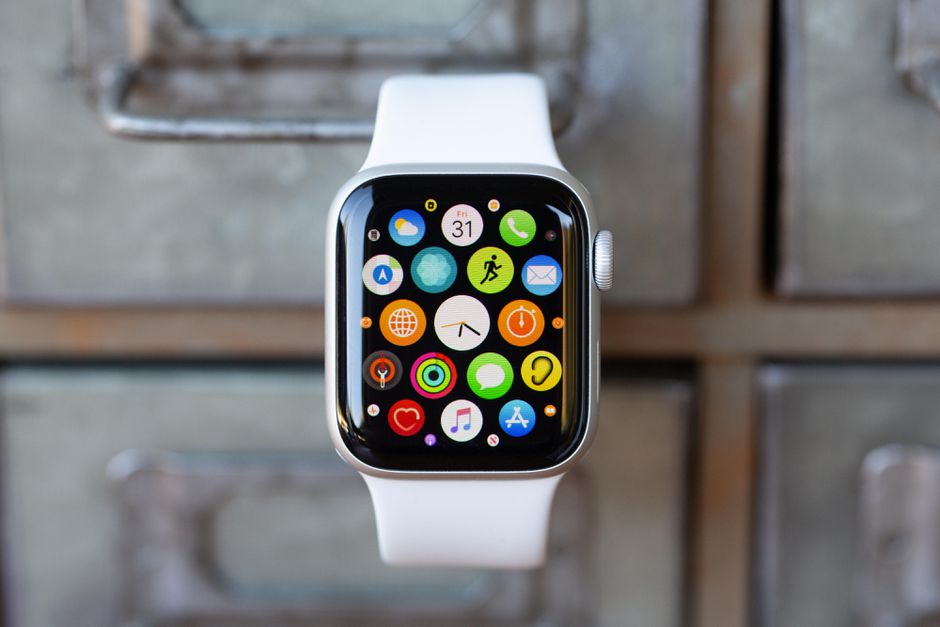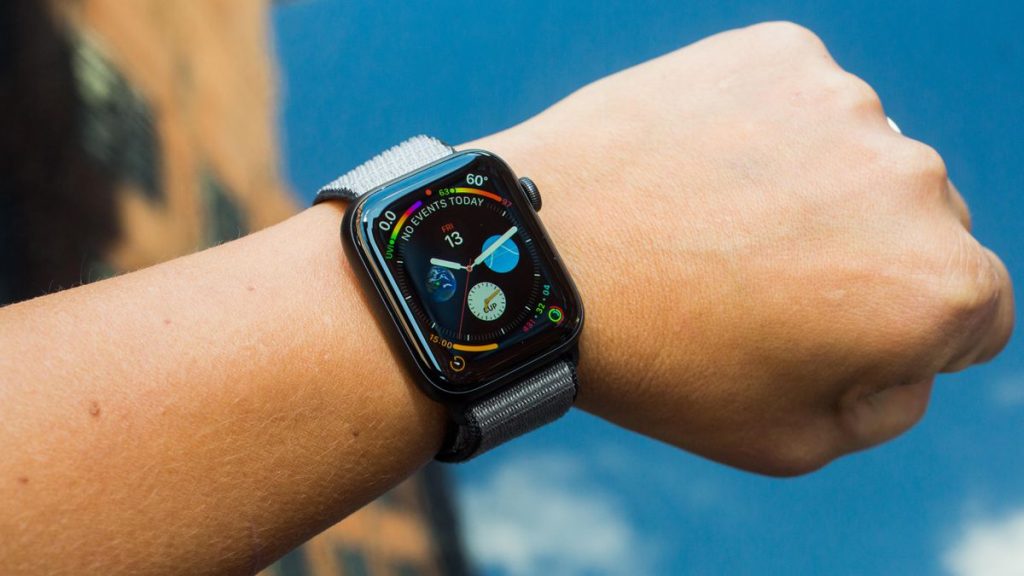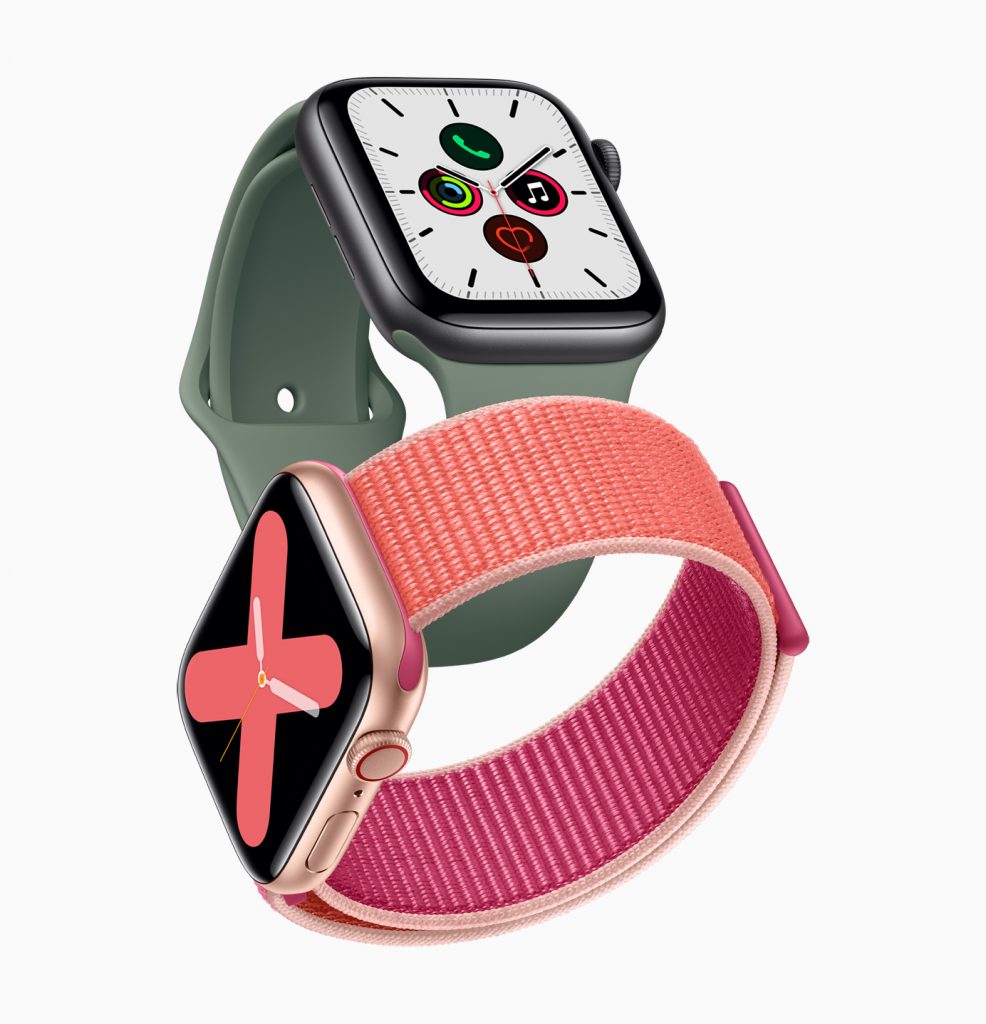Your Apple Watch’s battery life might be a cause of concern for many depending on the usage and you may wish to know how best you can minimize it’s drainage. Well, here is a couple of measures on how to Prolong your Apple watch’s battery life.
The first thing to check is if your Apple Watch’s battery health is below average. On your Apple Watch, go to Settings > Battery > Battery Health and see if it’s below 80%. If it is, you should consider getting a battery service from Apple. Still on same page, endeavor to check if Optimized Battery Charging is enabled. It’s usually enabled by default, but, if it isn’t consider enabling it to reduce battery usage.
If your Apple Watch’s display wakes too often when you don’t need it to, you can disable the Wake Screen on Wrist Raise option. Some people lead an extremely active lifestyle, which may inadvertently wake the Apple Watch a lot more than usual. If you are one of these people, open the Watch app on your iPhone and go to General > Wake Screen. Here, you can disable Wake on Wrist Raise. You can set your wake at 15 seconds.

Also check if your apple watch’s battery reflects sudden dips. Go to Settings > Battery and check the graph to see if there are any sudden dips, try to correlate them with what you were using the device for at that time, so you can determine if there’s something you need to do differently.
In the case of tracking long workouts on your device, you may experience a dip in battery life. You can enable Power Saving Mode to disable the heart rate sensor during running and walking workouts routine, this will enhance battery life but at the cost of the accuracy of your calorie burn count. The GPS continues to work with Power Saving Mode enabled, so it’s a fair trade-off for enhanced battery life.
For athletes, a good option Apple recommends is using a Bluetooth chest strap to log the heart rate for longer workouts. This may sound counterintuitive, but you should not disable Bluetooth on your iPhone if you value your Apple Watch’s battery life. If Bluetooth is enabled on your iPhone, the communication between the iPhone and the Apple Watch is much more power efficient.

Use sleep mode to good effect: Set up a sleep schedule on your Apple Watch, Sleep Mode will automatically be enabled and disabled at the time you specify. Once it’s enabled, all notifications are snoozed, screen brightness is reduced to a minimum, and the device just shows the time and when the alarm will go off.
Background App Refresh allows apps to update even when they haven’t been opened. This feature makes it easy for the Activity app on the Apple Watch to seamlessly send fitness data to your iPhone. Similarly, Background App Refresh means other apps won’t spend an age refreshing data when you open them.
This feature also negatively impacts battery life as apps may be pinging too often leading to decreased battery life. It is best to review which apps need to refresh in the background, and disable the feature for other apps. Go to the Watch app on your iPhone and navigating to General > Background App Refresh. Disable the feature for all apps that don’t need it.
Say Goodbye to Siri: Siri is pretty useful on Apple Watch because it speeds up things that require multiple taps on the tiny display, such as setting timers or reminders. If you’ve not been using Siri much, you can tell it to stop listening for the wake phrase, which will sacrifice the feature but extend your battery life.
To do this, go to the Watch app on your iPhone or Settings on the Apple Watch and navigate to Siri. Disable everything here, including Listen for “Hey Siri,” Raise to Speak, and Press Digital Crown
